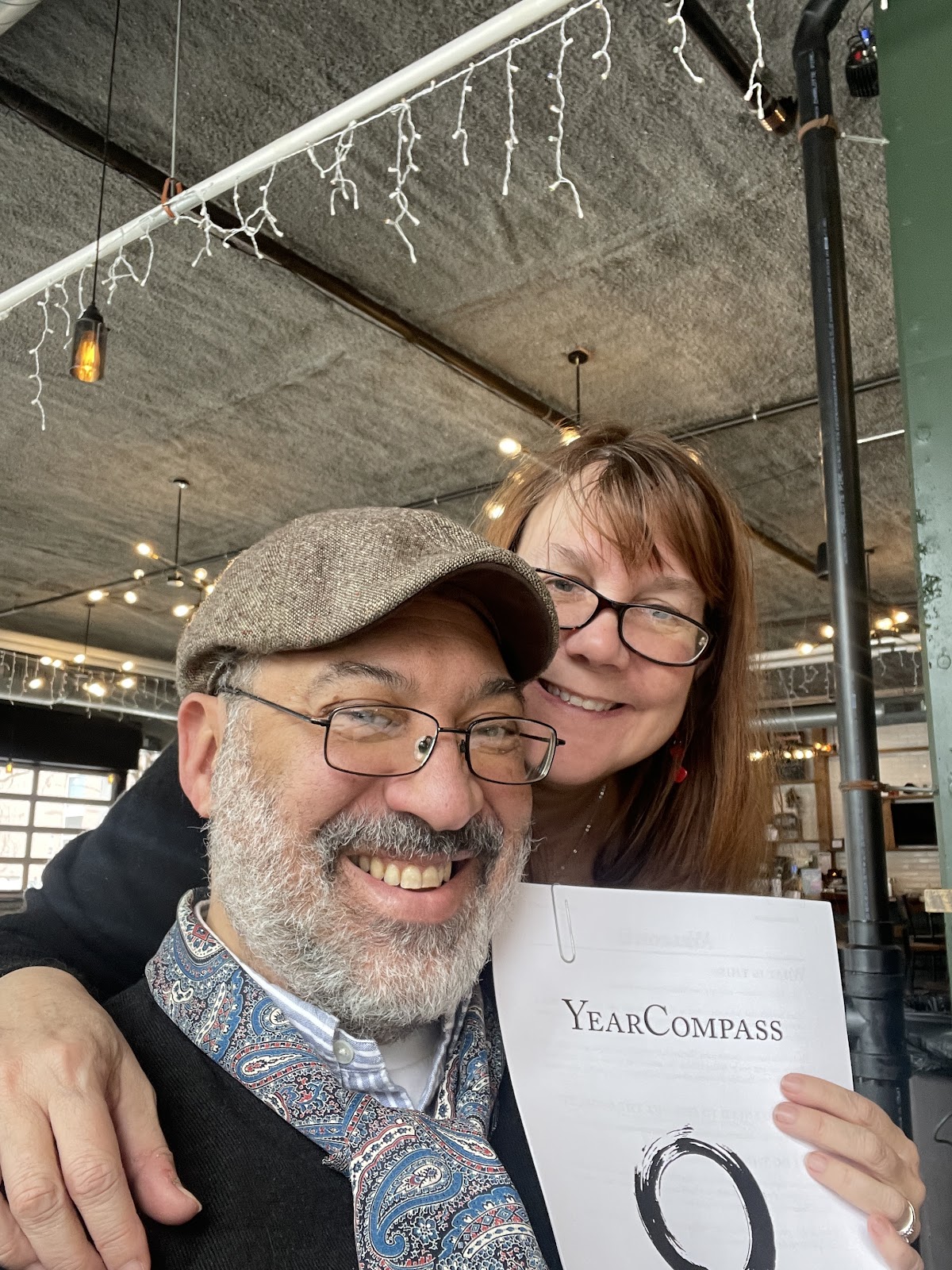Who Lives Who Dies Who Tells Your Story?
My amazing friend Jennifer pointed out this story in the New York Times to me this afternoon (sorry if you are paywalled).
It's the story of "Blind Tom" Wiggins, a young man born blind and enslaved, but also a musical savant. After the Civil War he was "freed" but not really; his erstwhile owner simply became his manager, touring Blind Tom around the country for musical performances and making far more off of his talents (over $100,000 a year in 1870s dollars) that he would have off his farm work, eventually becoming his "legal guardian." Wiggins and his family saw very little of that money. It's quite honestly, the sort of classic tale of a promoter taking an artist's talent and profiting off of it, but here with much higher stakes, those of a white owner and a Black disabled former slave.
So likely you've never heard of Blind Tom; he somehow got skipped over in any survey of American music class you might have taken. Honestly, I hadn't either, until I met Patrick. It turns out that his grandmother, Dr. Geneva Southall, had done a great deal of research and publication on him, and it was at her home that I first heard a recording of him playing. Dr. Southall, who was the first woman in the world to receive PhD in piano performance, was also a musicologist and professor specializing in Black music culture. When she first discovered Wiggins' work she was immediately drawn to him, possibly finding many similarities to her own career and work. She published three books on him, and had a vast archive of records that have been donated to Emory University.
"But wait," you say "there's only an offhanded reference to Dr. Southall in the Times article." True. Instead it discusses Deirdre O'Connell (a white author whose book apparently was "building on" Southall's work), John Davis (a white musician who recorded his work), and Jeremy Denk (a white musician who livestreamed a performance of "Manassas" last year.) Now I am sure that all three of those persons are strong artists and nice enough people, as is Anthony Tomassini, the white journalist who penned the excellent article. But the question remains — why are we viewing the story of this little-known, Black artist's work exclusively here through white eyes? Why are they telling the story and not Southall (or a living Black artist?)
I'm not, in any way, saying that only people who have lived experience with a situation can interpret it artistically. If so, we would have books by women that only had female characters, and vice versa for male authors. We would never be able to take artistic risks, where both the creator and the audience is able to think "What if?" Art is, perhaps, the best way to introduce us to something outside our usual world.
But now more than ever, we have to pay attention to who has the right to tell someone's story. Are any of these people, capitalizing off of Southall's work, really in the end all that different than James Bethune making himself rich off of Blind Tom's piano? And, even if it's not the exact same situation, shouldn't some attention be paid to the irony?
We need to be better at this. You do, I do, and the Times certainly does.
--
PS: When I pointed the article out to Patrick earlier today, he commented on it, though I don't know exactly what it said. Just before I wrote this post, I commented on the article as well:
A well-written and informative piece. I don't understand, however, why it would chose to focus on three white people (O'Connell, Davis, and Denk), with only a passing reference to the Black professor, pianist, and musicologist (Southall) who first studied Wiggins and wrote 3 books about him. Isn't that simply continuing a form of exploitation in who gets to tell the story?
My post was approved by the Times within 5 minutes. Patrick's has yet to appear.




Comments